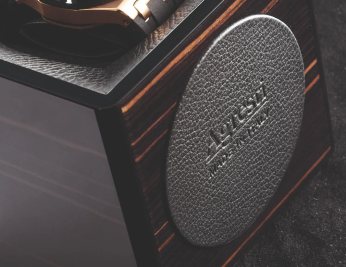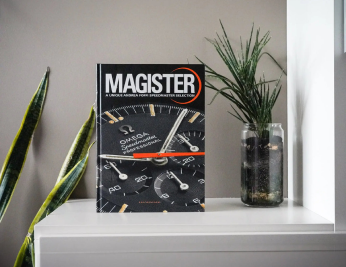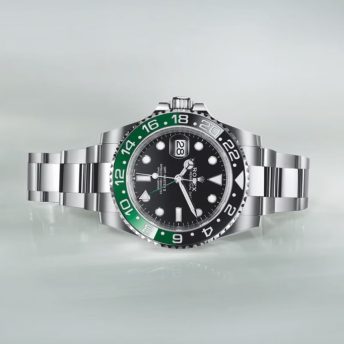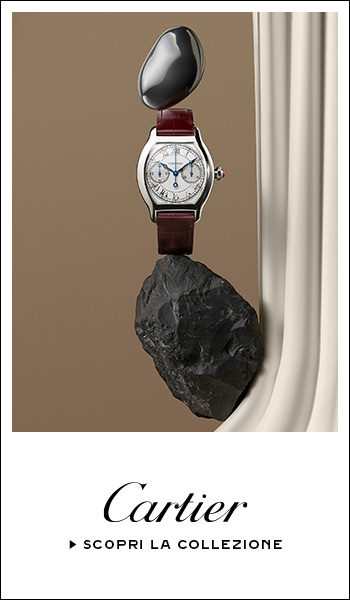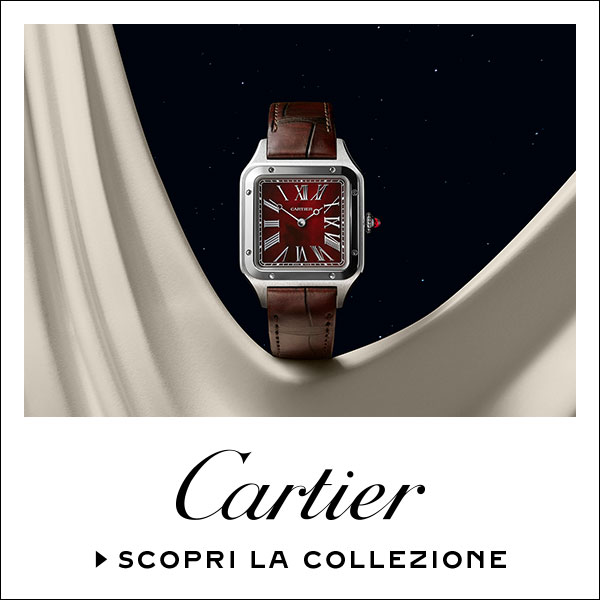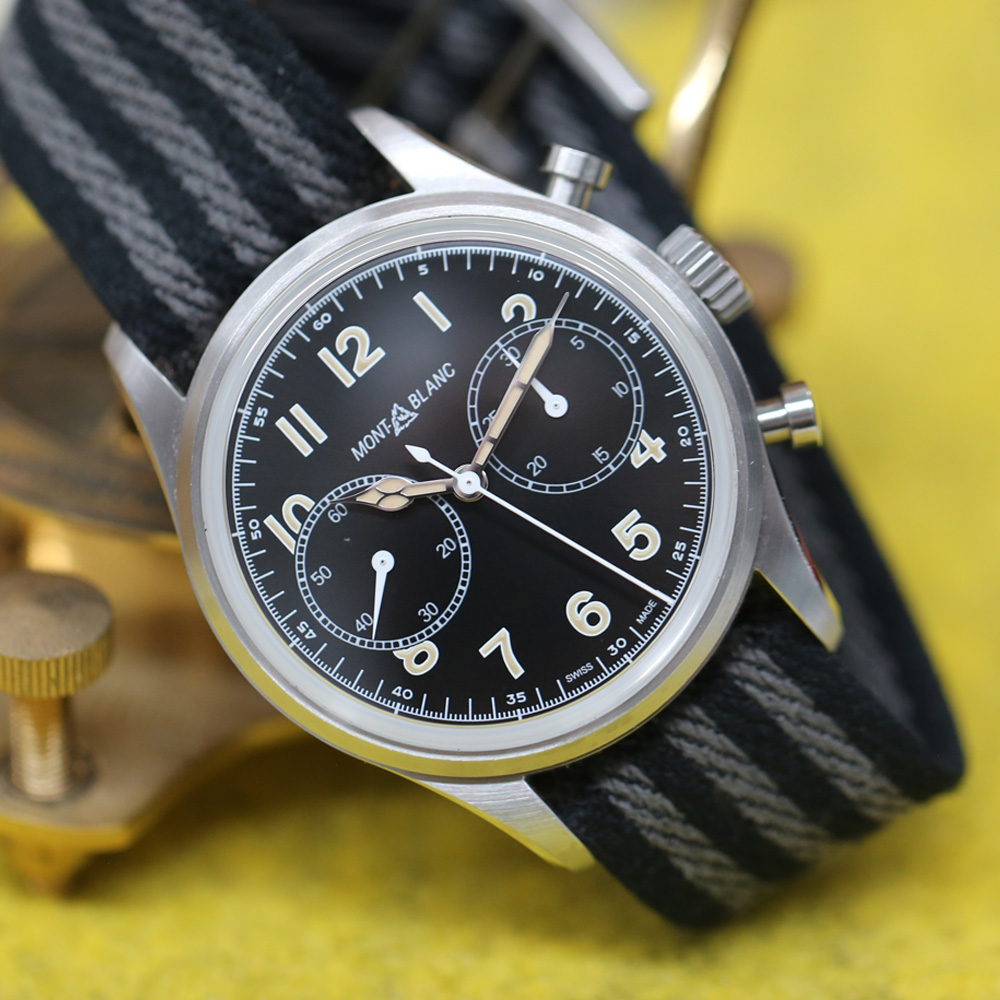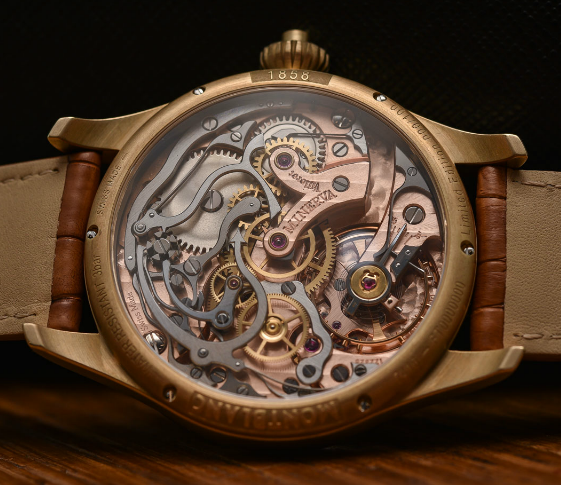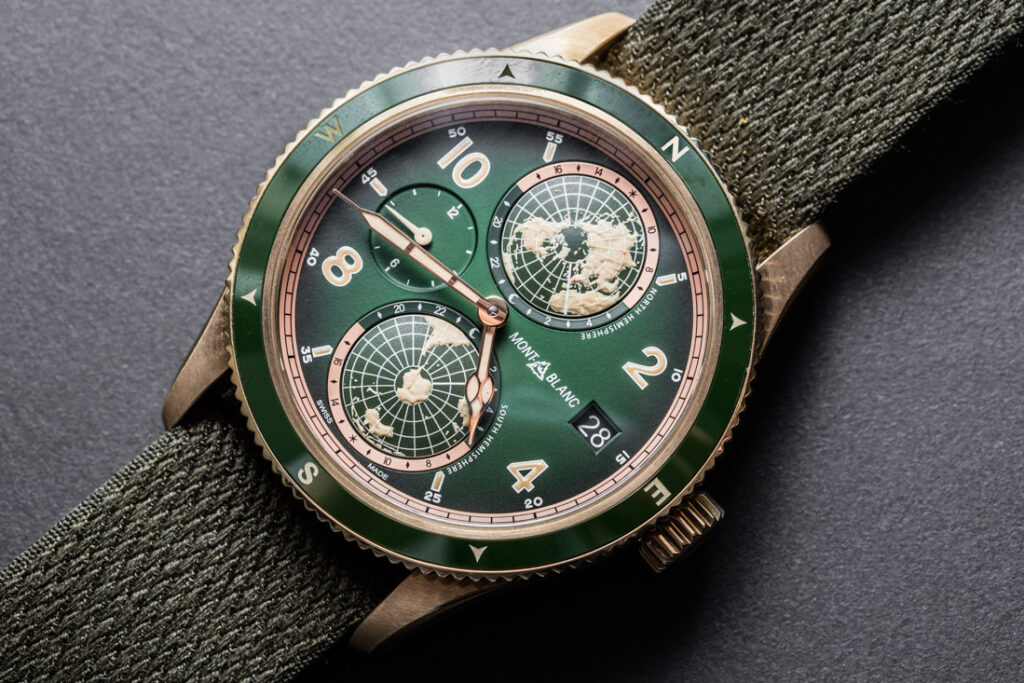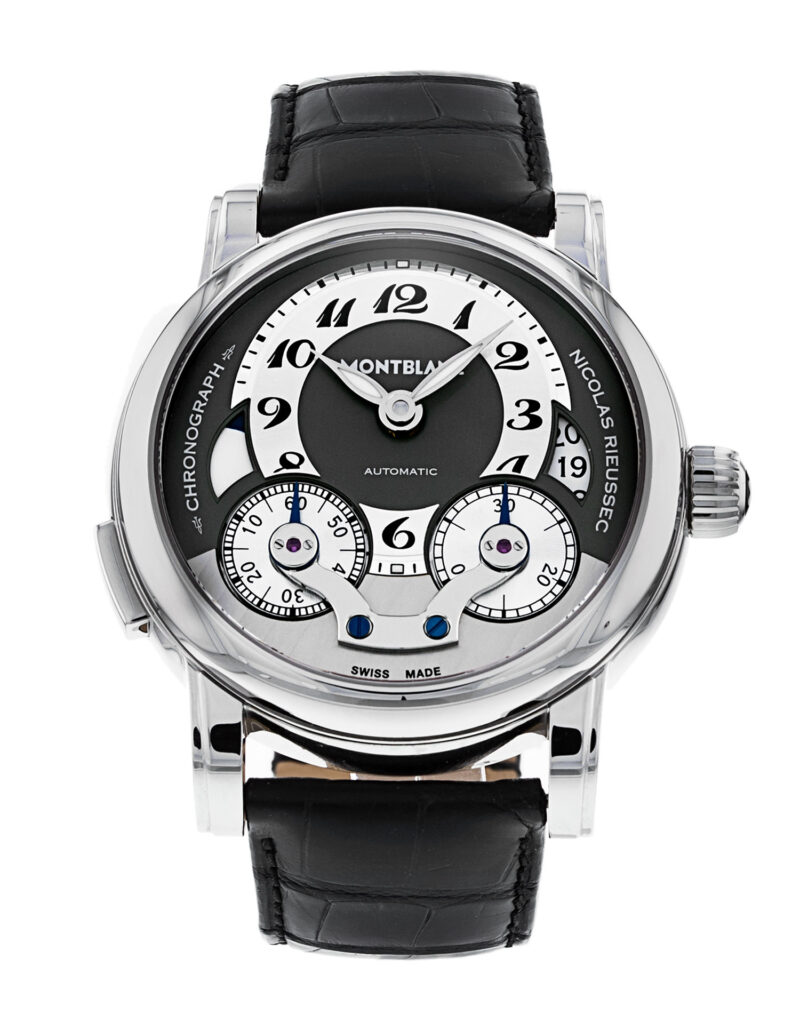In the collective imagination Montblanc, more than watches, is synonymous with high quality fountain stipend and excellent leather goods.
However, the white star’s maison is not limited to that.
Let’s find out together what Montblanc has to say about watchmaking!
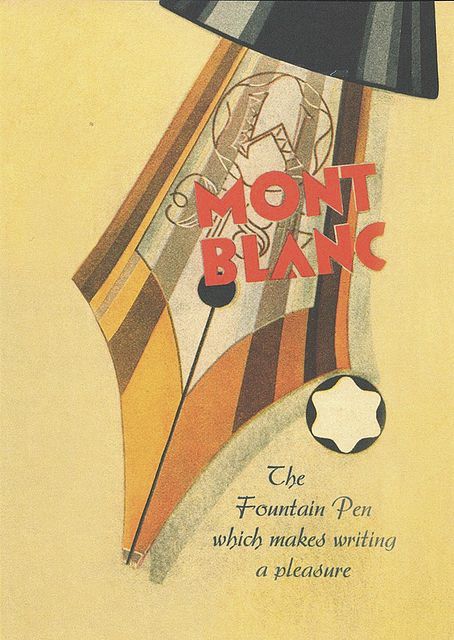
The origins of Montblanc
The company was founded in Hamburg in 1906 by banker Alfred Nehemias and Berlin engineer August Eberstein. They had the merit of seizing the signs of change and innovation that the Belle Epoque brought with it, introducing the first high-quality fountain pens. A few years later the business was taken over by three members, who renamed it Simplo Filler Pen Co.
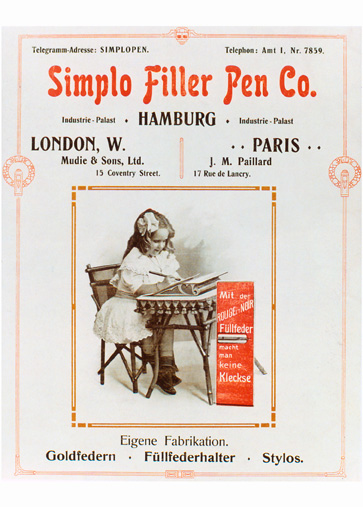
In 1909 the name Montblanc was born, concocted, it is said, as part of a card game, where the excellent Simplo pen would be compared to the summit of Mont Blanc. In 1910 Montblanc became a registered trademark and, together with the rounded star, they represent a guarantee of quality recognized all over the world. From the early 1910s to the late 1920s, Montblanc experienced a dizzying expansion, owning stores in 60 countries. This success stems from the introduction, in 1924, of the iconic Meisterstuck pen and Montblanc’s innovative approach to advertising.
Finally, in 1934, it was finally named Montblanc Simplo GmbH.
After about 60 years, in 1993, Montblanc was acquired by the Richemont Group: the most important group in the world.
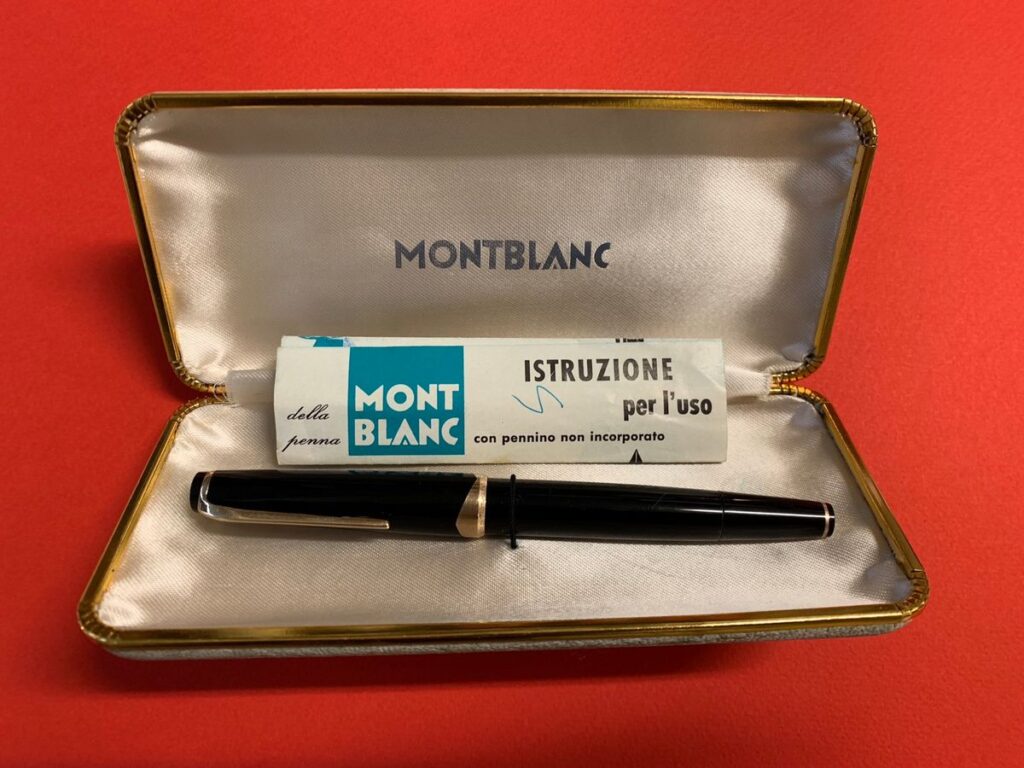
The core business
Since its early days, Montblanc’s specialty has been fountain pens and in particular the nibs: fundamental elements of every writing instrument. Expert craftsmen make them, shaping and filing, with extreme precision, the 18kt gold of which they are composed.
On each nib is engraved the rounded star, symbol of the top of the Montblanc, and, from 1929 onwards, the inscription 4810 representing the height of Europe’s highest mountain.
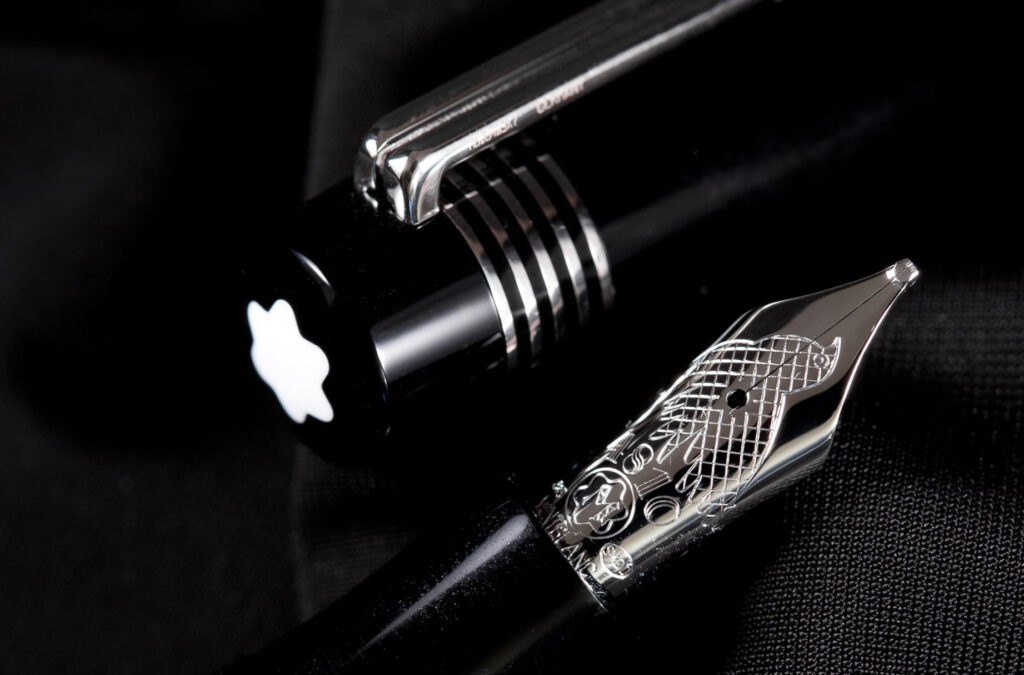
Another speciality of Montblanc is leather goods.
In 1926 opened, in Offenbach, the first workshop dedicated to the production of small luxury leather goods. Today the main workshop for leather processing is in Florence, the heart of Italian leather industry. Here the ancient treatments and experiences of artisans combine with Montblanc’s design to create exclusive collections.
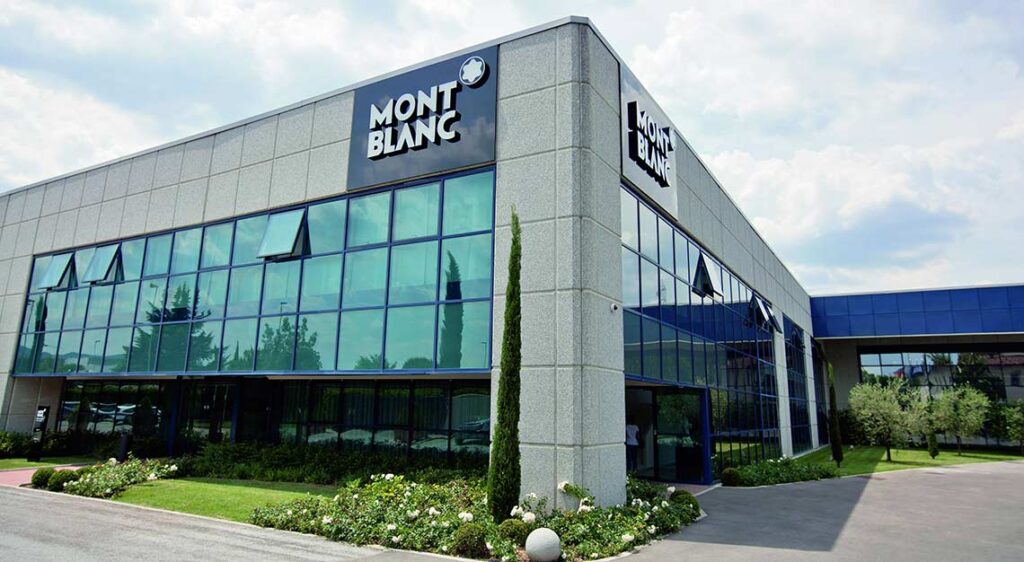
Although these products are the spearhead of the business, Montblanc tries to keep up with times by devoting many resources to innovation and the introduction of technology in its products.
An example is the Augmented Paper (in the picture below), which allows you to instantly transform all the notes taken on a classic Montblanc notebook into a digital format.

Montblanc and watchmaking
In recent years, however, it has also become a reference point for the watchmaking world. Thanks to the creation of the Montblanc Montre S.A. division, based in Le Locle, the canton where the renowned Swiss watchmaking industry was born.
The real turning point came in 2006, when the maison from the Richemont group, acquired the manufacture and the know-how of Minerva, the watchmaker of Villeret.
The purchase of Minerva is very important for Montblanc allowing a significant leap in quality: the new offer is based strongly on the incredible heritage of products and technical knowledge, which greatly raise the level of Montblanc products.
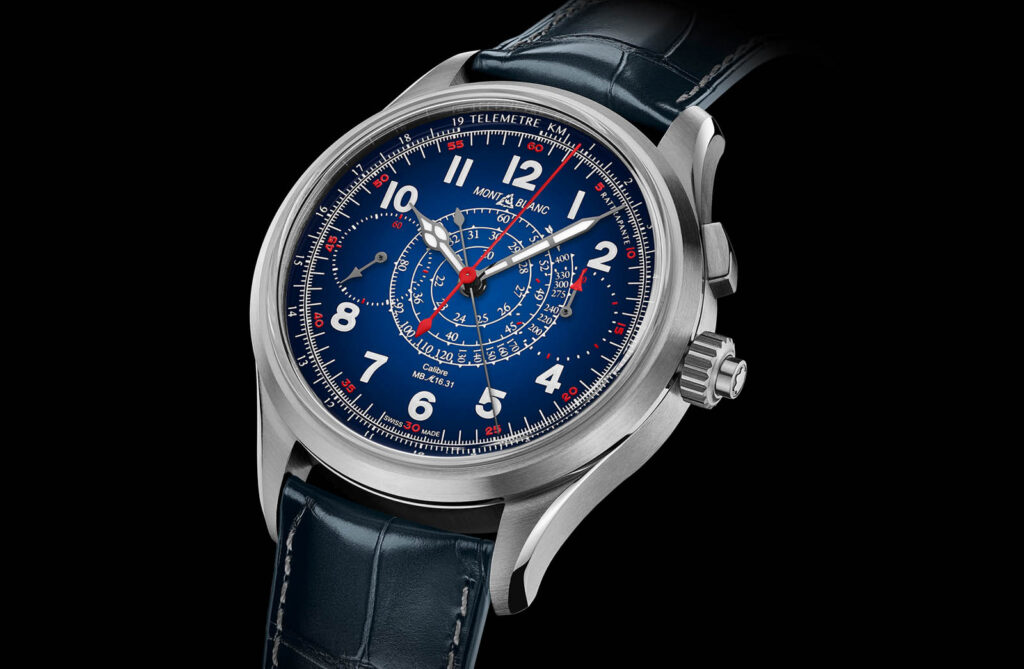
As a witness of this vital link with Minerva, is relevant the statement of Davide Cerrato, General Manager of Montblanc Watch Division:
“we take as a reference to the birth of our watchmaker know-how the date Minerva was founded: the year 1858”
Who was Minerva…
Minerva was founded in 1858 in Villeret and since the beginning of its history has distinguished itself for its ability to design and innovate.
With Heuer, it contributed to the birth of the chronograph, a very well-known complication, widespread and appreciated by fans of our day.
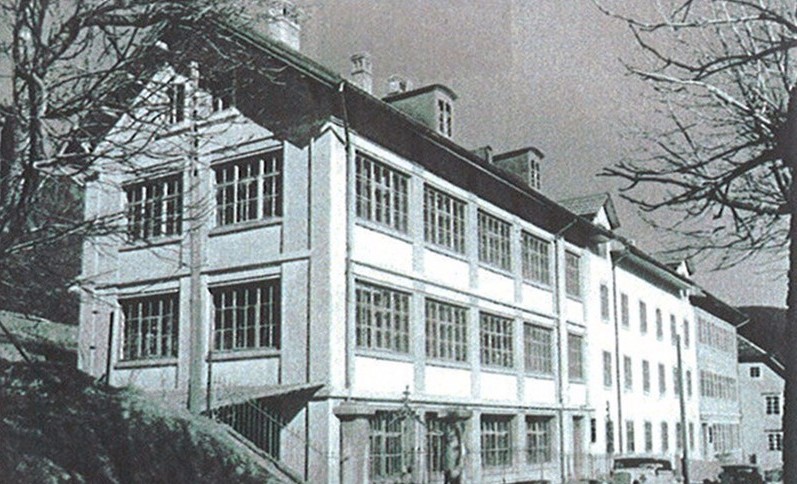
Over the years, several sports federations selected Minerva as a supplier of instruments for sports activities and in particular for the 1936 Winter Olympics.
Thanks to this kind of activity, the maison has been able to tie its name to the idea of high-precision short-time measuring instruments.
In the 1970s, like all Swiss watchmakers, it faced a deep crisis due to the advent of quartz watches, which brought the entire industry to its knees. Minerva came out reworked but still standing, thanks to its high-quality products, designed for specific professional requests.
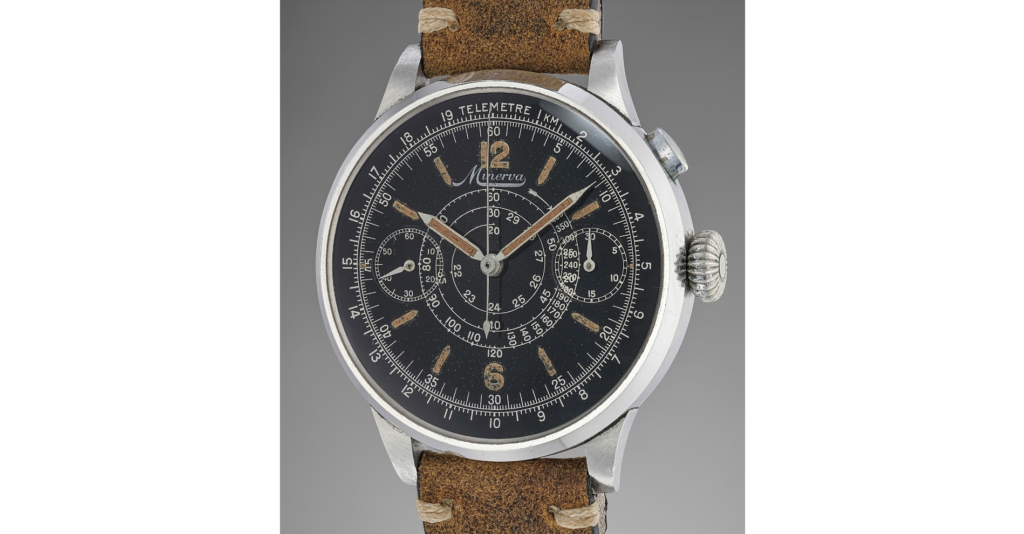
The union with Montblanc
Finally, in 2006 it was acquired by Montblanc, which puts it at the base of the watch division, the backbone in the field of mechanics and technology on which the typical design of the maison is delicately rested.
Many recent collections are characterized by a vintage style that pays homage to what were the hallmarks of Minerva.
Following, two examples similar to Minerva’s design
And some very new Montblanc design!
Credits:ABlogToWatch
Translated by Lorenzo Spolaor

